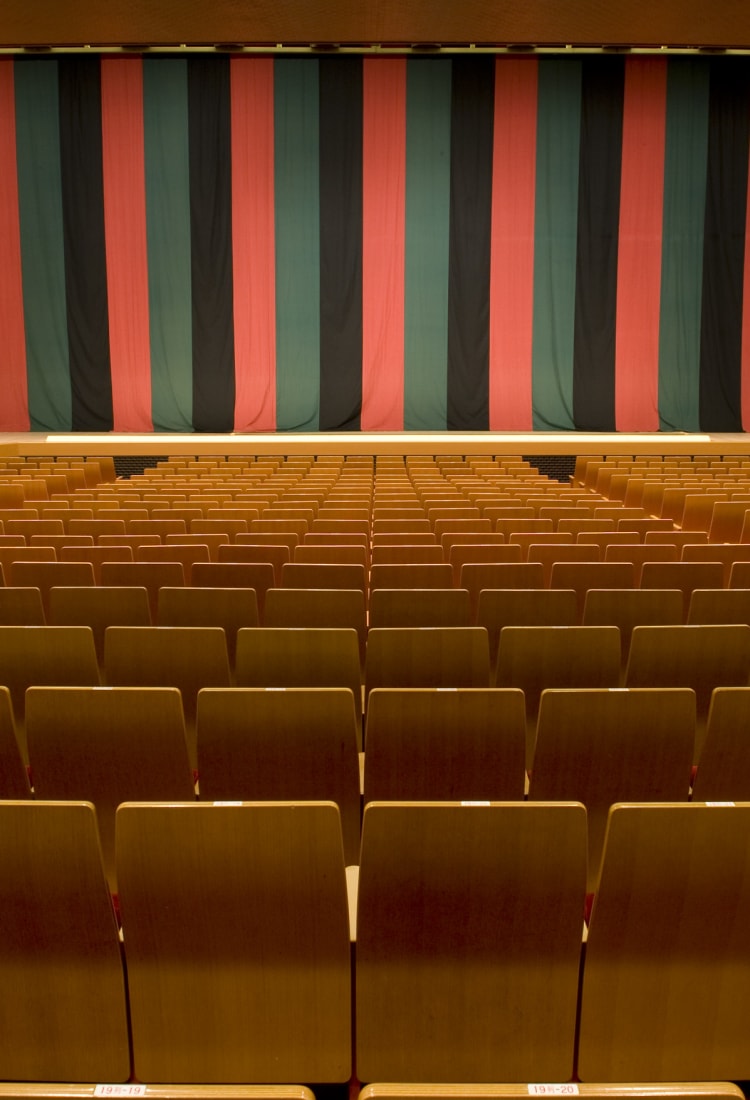

REISEFÜHRER Theater in Japan Take your seat and enjoy a show of traditional Japanese theater
(Picture courtesy of ©SHOCHIKU)
Kabuki, nohgaku (noh and kyogen), and bunraku puppet theater make up the essential forms of Japanese theatrical entertainment
Traditional Japanese theatre is a colorful and mesmerizing combination of dance, drama and musical accompaniment. The roots of these performing arts go back centuries and have been recognized by the United Nations Education, Scientific and Cultural Organization with their inclusion on the list of Intangible Cultural Heritage of Humanity. Hundreds of theaters across the country still put on performances to this day.
In 2008, kabuki, nohgaku (noh and kyogen), and bunraku puppet theater became the first Japanese performing arts to be inscribed in the UNESCO list, underlining their importance to the nation's performing heritage and history.

What is Kabuki?
Kabuki is arguably the most famous form of Japanese theater and began in the early 17th century in Kyoto, where legend has it that a shrine maiden in the city's Izumo no Okuni Grand Shrine began performing a new style of dance drama. Those presentations caught the attention of the imperial court, where she was invited to perform.
With that royal seal of approval, rival troupes quickly emerged and kabuki evolved into a performance by women that brought together dance and drama. Kabuki soon spread to Edo, modern-day Tokyo, and kabuki theaters became the place to be seen as they featured the latest fashions and styles, as well as entertainment.
Before the end of the century, however, women were banned from performing and all the roles were assumed by men, with males who took on women's roles known as “onnagata.”
The ‘Golden age' of kabuki
The structure and style of Kabuki have become formalized and character types have become more established starting from the early Edo period (1600s) to the present day.
Kabuki plotlines draw on historical events for their inspiration, as well as moral conflicts in relationships. Actors — some of whom have the same sort of following as pop stars in the West — speak in a monotone, accompanied by musical instruments.

Inside the Minamiza Theater in Kyoto ©SHOCHIKU
There are a number of specialized kabuki venues in Japan's major cities, such as the Kabukiza and the National Theater in Tokyo and the Minamiza Theater in the ancient capital of Kyoto. The main venues provide monitors or information devices that explain plots and commentaries in English.

Puppets are an advanced form of Japanese entertainment
Performing puppets
Bunraku, or Japanese puppet theater, is considered one of the most sophisticated types of performing art in the world, with three puppeteers manipulating a single character.
The subtlety of the puppet's movements, the lifelike gait, the perfect harmony between the actions of the doll, the storyteller's narration and the music have taken generations to perfect.
Bunraku was first performed in Osaka in 1684. In these performances, the main character was animated by one puppeteer moving the legs, another moving the left hand and the lead puppeteer controlling the head, face and right hand. In the world of bunraku, fifteen years of intense practice is required to make the movements of the feet appear truly human and another fifteen years to skillfully operate the left hand. Only then can a puppeteer consider moving on to the head.
The puppet-masters, who often appear on stage masked in black, are assisted by the “tayu,” who performs the voices of all the characters in the play as well as serving as the narrator. The music is the final — but just as important — component of the performance, with a “shamisen” lute player accompanied by a full orchestra of “shakuhachi” flutes, the “koto” stringed instrument and, on occasions, “taiko” drums.
The National Bunraku Theater in Osaka and Tokyo's National Theater are easily accessible venues for foreign visitors, with audio guides provided to translate the dialogue and lyrics into a number of languages for select performances.

Live music is an important part of a theater performance
Noh and kyogen
The performing arts of noh and kyogen complement each other.
Noh is the oldest existing form of Japanese theater and whose name is derived from the word “skill” or “talent.” It is the more serious form, with the main actor wearing a mask in part to help convey the story. Noh is also reliant to a greater degree on music. Kyogen initially served as the intermission between noh acts and is more dialogue-based and slapstick, with the two together known as Nogaku theater.
Noh can be traced back to the 8th century but developed into its present-day form in the 14th century, driven by performer and play-writer Kannami and his son, Zeami. Many of the plays they wrote are still important parts of approximately 250 stories that make up the noh performing repertoire.
Noh flourished before and during the Edo period (1603 to 1867) with feudal lords across the country supporting their own troupes and studying the art form themselves. Noh fell from grace at the outset of the subsequent Meiji period (1868-1912) but enough performers had private patrons to keep the art form alive. Today, it thrives once more and is recognized as an important part of the nation's heritage.
There are five categories of noh play, featuring gods, warriors, beautiful women, miscellaneous beings and demons. Traditionally, a full day's Noh program would start with the ritual Okina-Sanbaso tale, followed by a play from each of the categories with a kyogen performance between each play.
Noh performances are typically very long, and are sometimes staged outdoors during the summer months. Tokyo's National Noh Theater and similar institutions in Nagoya and Osaka put on regular performances, a number of which include translations, while different noh schools have their own permanent venues, including in Kyoto and Nara. Similarly, prefectural and municipal theaters put on performances across the country, although few will provide interpretation facilities for non-Japanese speakers.

Geisha and Maiko are skilled in the arts of traditional music and dance
Other performing arts
Geisha and maiko — apprentice geisha — also put on performances of music and dance at tea houses or in specialist venues such as Gion Hatanaka in Kyoto's Gion district, as well as at public events at different times of the year. Similarly, performances of “gagaku” court music can be seen at the National Theater in Tokyo or during ceremonies at temples and shrines.
Modern Japanese drama became popular in the early 1900s, including the “shingeki” experimental interpretation of Western theater, while plays became more complex after the war, incorporating many of the tenets of classical noh or kabuki with contemporary foreign forms.
The latest information may differ, so please check the official website































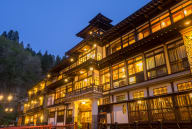








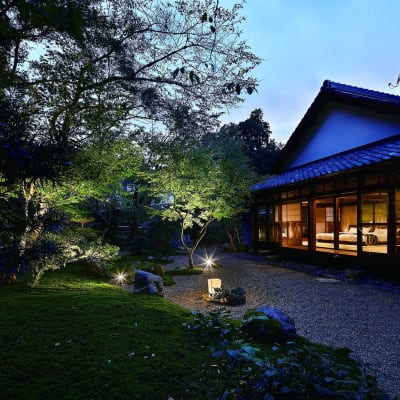
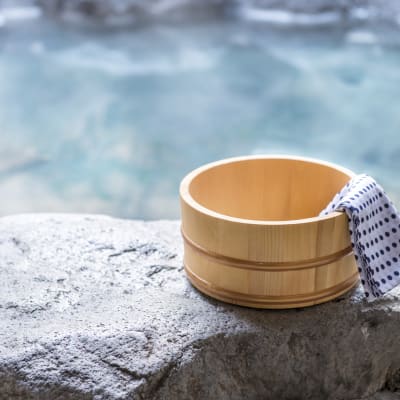

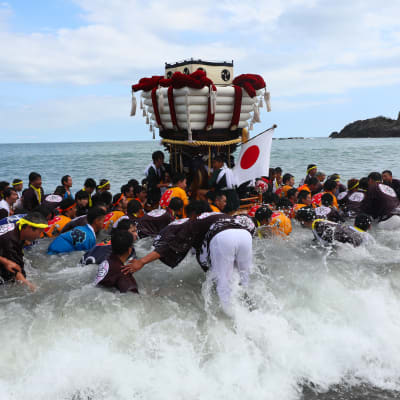

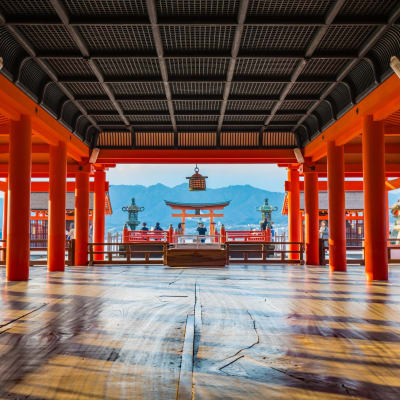

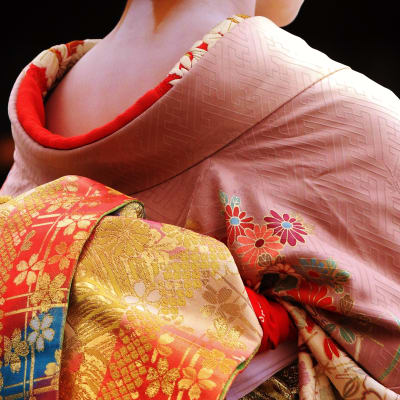




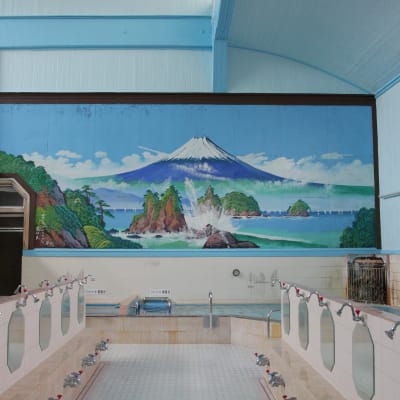
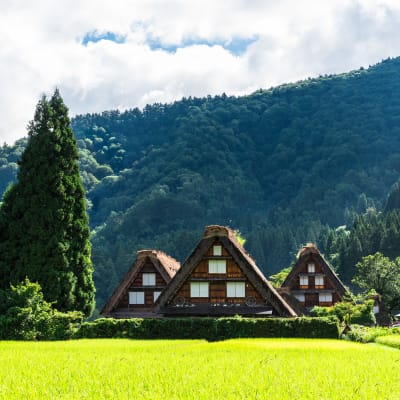
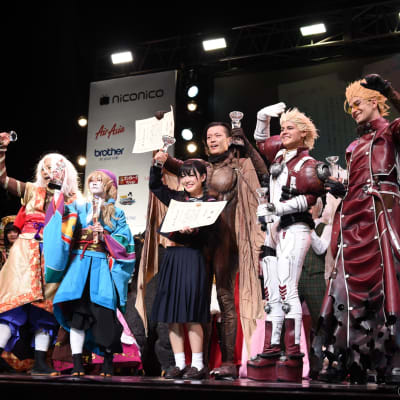

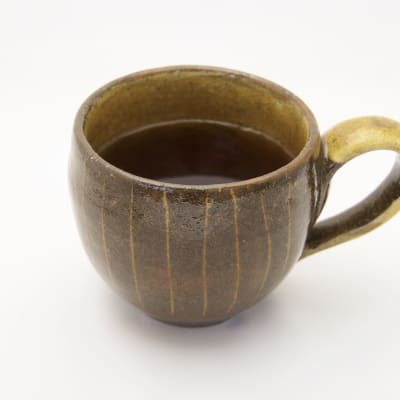





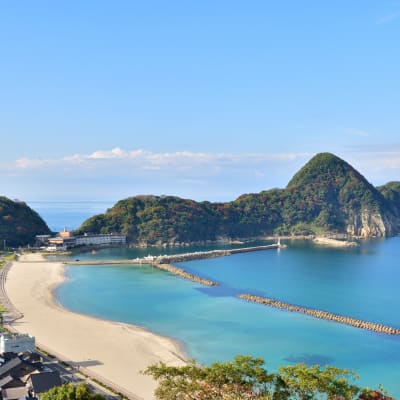

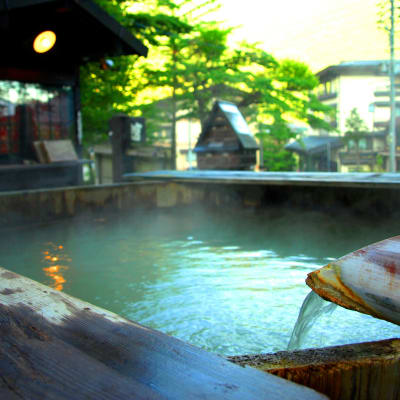



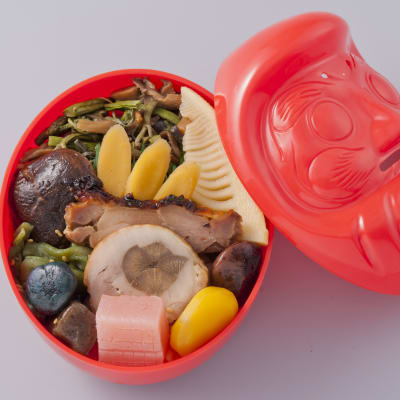
![Kengo Kuma and Japan's New Architecture [PR]](https://res-1.cloudinary.com/jnto/image/upload/w_400,h_400,c_fill,f_auto,fl_lossy,q_auto/v1584347275/story_guide/Sg109_02)
![The Art of Kimono [PR]](https://res-3.cloudinary.com/jnto/image/upload/w_400,h_400,c_fill,f_auto,fl_lossy,q_auto/v1585275405/story_guide/Sg110_main_latest)








